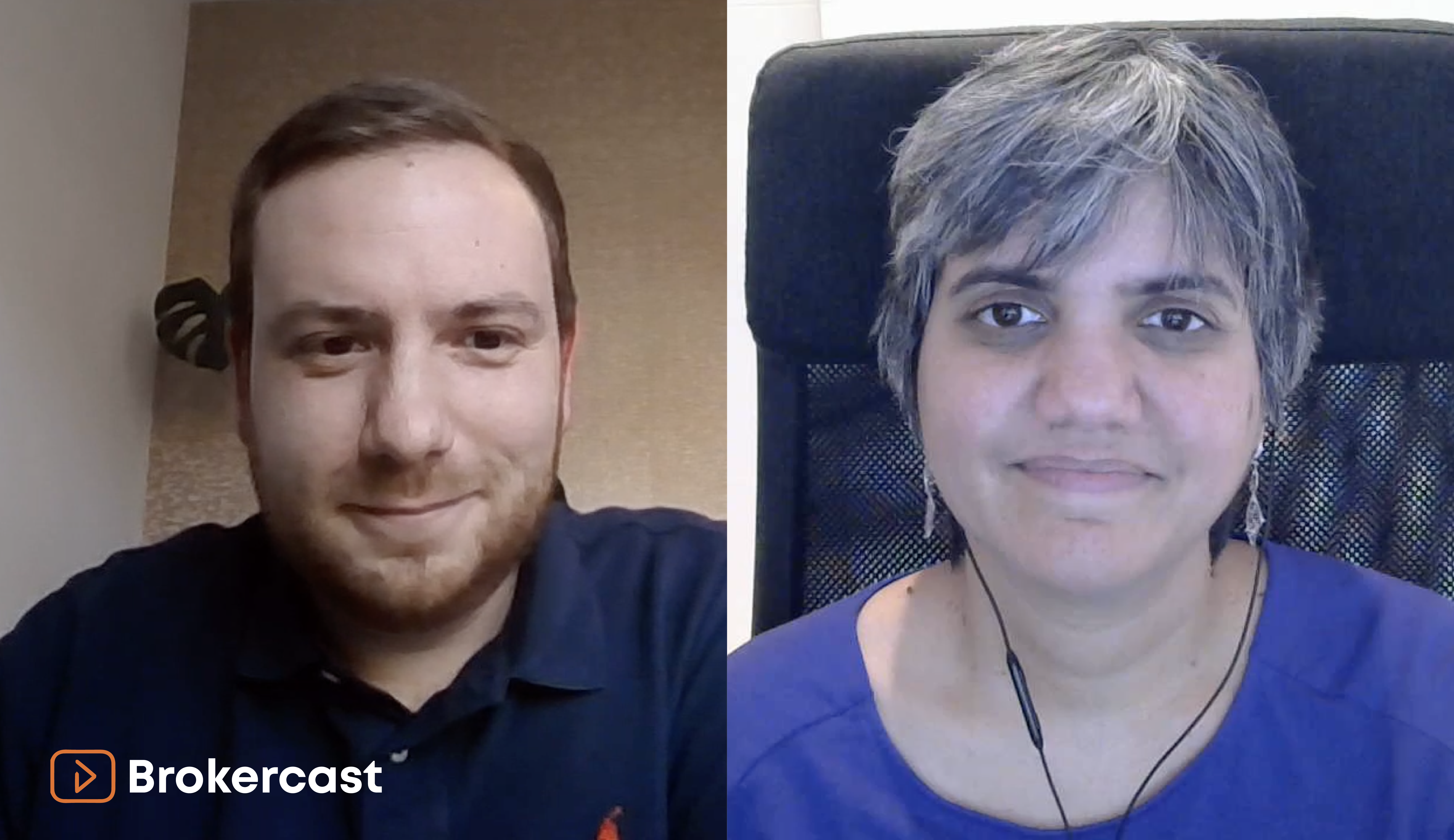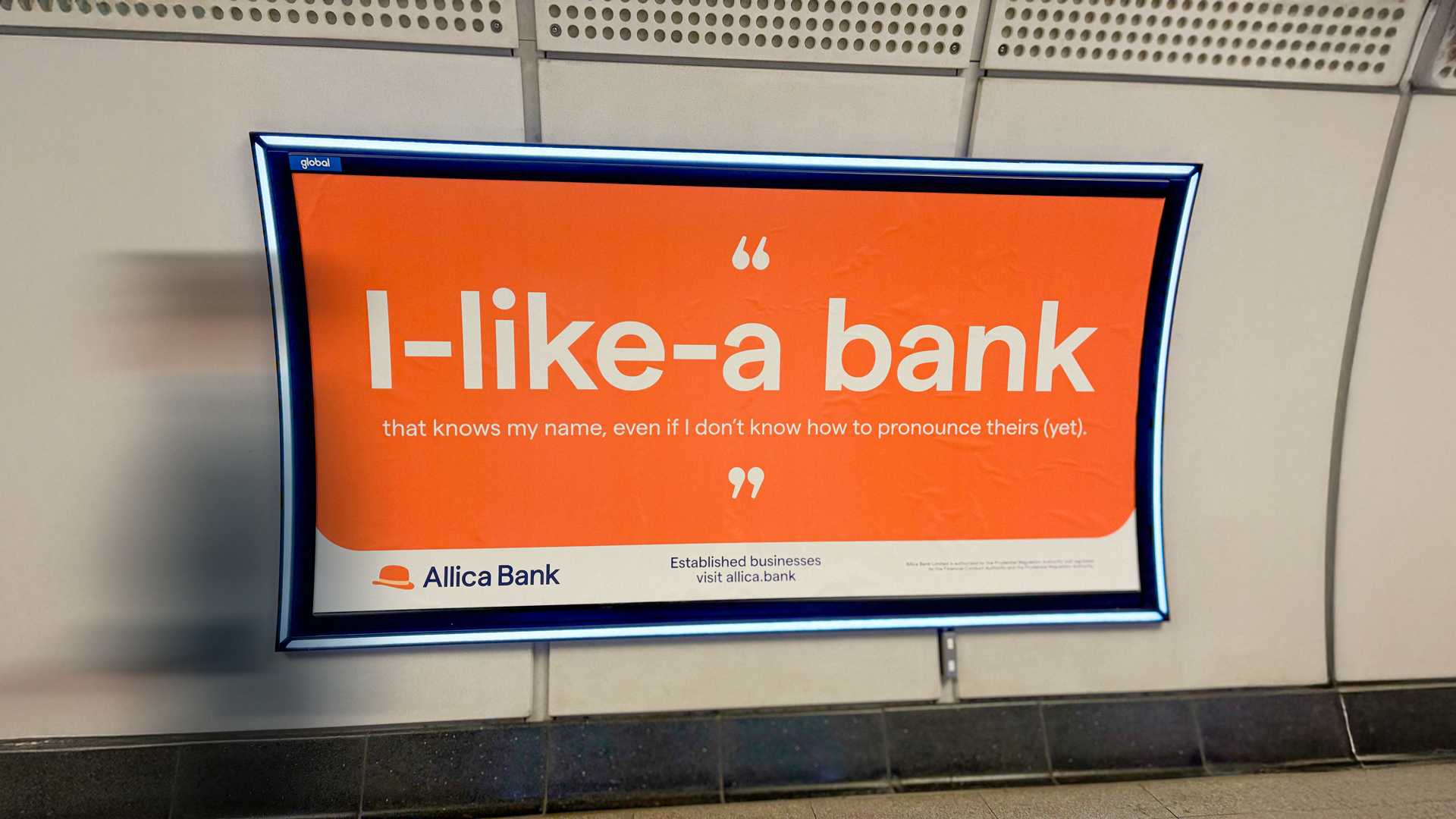Banking today is almost unrecognisable from 10 or 20 years ago, largely thanks to advancements in technology. That growth hasn’t always been spread evenly, though.
Business banking in particular has often lagged behind retail banking. But that’s not to say there hasn’t been some big advancements, especially in the past couple of years.
For a clearer view of the current market and how tech developments are helping brokers and their customers, we brought two of Allica Bank’s best minds together to discuss.
Join Jonathan Prince (Senior Commercial Manager in commercial mortgages) and Niv Subramanian (Chief Lending Officer) for our latest Brokercast.
The gap between retail and business banking
Niv wanted to start by explaining why business banking has lagged behind in technological developments. “Businesses are just much more complex as entities than retail and consumers.”
“Businesses need different types of permission and mandate requirements at pretty bespoke levels.” Along with differing business models, sizes, limits, governance, and legislation, business banking requires a much more personalised approach. “That prevents it from being a very easy ‘lift and shift’ from the retail banking world.”
Plenty of challenger banks have been able to adapt their retail products to sole trader and micro companies limited by guarantee. The real gap has been in the established SME market, where the complexities grow and the requirements become more unique.
How challengers are bridging the gap
The good news is, challenger banks are emerging in the SME banking space. Niv highlighted two reasons why these newer banks are able to bring more technology to business banking, where the incumbents have struggled.
Firstly, “it's quite easy when you're starting with a blank sheet of paper. When you're starting with a system that was built in the 80s and you're looking to upgrade that, while at the same time combining it with other newer technologies, it's far, far harder.”
Niv’s second point was just as interesting. “SMEs in larger banks are in the middle between consumer financial (which are very digital) and large volume corporates (which are very bespoke and completely manual). SMEs are always that in-between segment where it's a bit tricky to justify really shaking up the existing technology without serving the others first.”
Challenger banks, Allica among them, are being built to serve that forgotten middle. And from the clean slate Niv references, there are opportunities to quickly accelerate the use of new tech in these products.
Applying technology within business banking
Progress for the sake of progress isn’t much use, so Jonathan and Niv wanted to drill down into the ways technology in banking products can be genuinely useful for SMEs.
“Ultimately, a business is the people that run it. And people - in some sectors, in some segments, in some businesses - do prefer to have the same experience across their consumer bank and their business bank. They’re happy with using fully digital services. For a large majority of business owners who are borrowing upward of £250,000”, though, “it's not as simple as applying online and then forgetting about it. It is a lot more involved.”
As Niv sees it, “technology needs to be an enabler rather than a replacement for what you would normally offer in relationships. Actually, having that person there to work with the business owner is critical in our world, particularly in areas like lending.”
Jonathan agreed, noting that “as a consumer, you perhaps don't necessarily want or need that human touch. You want a quick, easy process that you can do in front of the TV of an evening. As a business, you've got individual plans and ideas, and you want someone to take the time to understand that.”
Technology is a complement to business banking, not a replacement Niv finished with a useful summary, that technology can be seen as a way for the bank to “be more effective with their customers and partners.”
Finding uses for AI in commercial banking
Following Niv’s point about technology not replacing humans, the conversation naturally moved to the topic of the moment: AI.
“AI means lots of things to different people. In the broadest sense,” Niv explained, she views it as “using models, data models, and machine learning.”
“It helps in simplifying the assessment of simpler cases and freeing time up for someone to take more difficult calls”, in which the answer isn’t an obvious ‘yes’ or ‘no’. “We’re seeing this in the likes of asset finance, where smaller tickets - simpler loans - get almost instant decisioning. It’s brilliant from a customer experience perspective, but also allows the bank to really focus on the larger-ticket and slightly different cases that we get.”
Niv also mentioned the use of AI to speed up document processing, taking 50- or 60-page documents and “distilling the information really easily. We're seeing a lot of that. Tools like this can help banks significantly improve their turnaround times, productivity, and the customer experience they give.”
Jonathan reflected that “it's more about simplifying and automating some of the more mundane aspects so that we can use expertise to focus on the areas that we need to.” Niv followed up by noting AI can help upskill people, taking away manual tasks like data entry to give them more time to focus on professional development.
Innovations in full-service banking that will benefit brokers
There are three distinct innovations in banking that Niv believes will be of interest to our broker partners.
Widespread use of APIs
“This is just systems being able to talk to each other, without a human having to take information from here and enter it there. Plugging in systems and allowing them to work together. Accounting packages - like Xero or Sage - are building at their end to make life simple and banks are building at our end.”
“On the lending side,” Niv explained, “we get information automatically from various data sources and it prevents the need for brokers to have to enter data manually. It allows our customers to not have to enter data manually, because we can get it faster and automatically.” Decisions are made faster, paperwork is reduced, and everybody wins.
“API-first technology is a big win for banking, since we form part of various ecosystems for an SME. Our data goes into lots of their systems.”
Maximising the data gathered via APIs
APIs make data gathering and processing much easier, but data is not much use on its own. The next tech advancement Niv wanted to highlight was data models and the value of AI.
“At the smaller end of asset finance deals, you are able to generate auto-decisions and, within 24 hours, you've got the cash in the bank and off you go.”
“It is quite a step change from where we were 10 or 15 years back. This has already come a long way and we will see more of it. Data and the use of data is definitely improving.”
Automation in general
Niv’s final point, she noted, connects quite closely with the previous two. “Systematic automation of processes gets us to a much slicker, much quicker experience.” All of these automations “improve customer experience on the one hand and risk management on the other, to some extent. When you don't have manual entry, you don't have human errors or reworks.”
These three innovations come together to bring brokers a smoother experience, faster decisions, and more dedicated attention for their complex clients. It all comes back to Niv’s earlier point: that technology in business banking is ultimately helping people do more human-to-human work, with the busywork being taken care of.
The future of business banking
Compared to retail banking, “the breadth of offerings is much wider in business. There are so many different types of sectors that have unique needs.”
“Over time, I can see specialist providers in these sectors making business banking (and business finance more generally) much, much better.”
“In my mind,” Niv concluded “that’s actually overtaking retail banking” in terms of capability, agility, and personalised services.
Business banking may have been slow to adapt to the tech revolution, but that doesn’t look like it’ll be the case for much longer.





